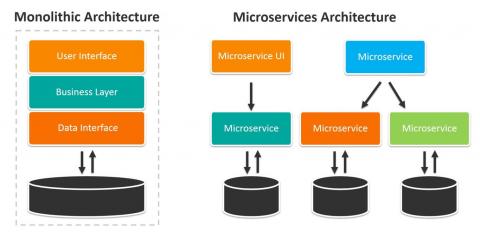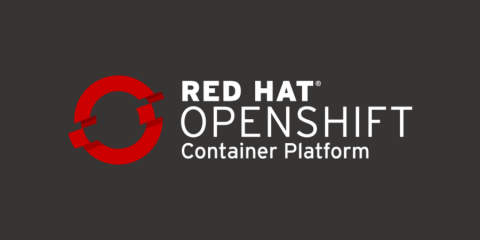Operations | Monitoring | ITSM | DevOps | Cloud
%term
Introducing the LogicMonitor - ServiceNow CMDB Integration. Let's get started.
Microservices vs. Monolithic Architectures
Enterprises are increasingly pressured by competitors and their own customers to get applications working and online quicker while also minimizing development costs. These divergent goals have forced enterprise IT organization to evolve rapidly. After undergoing one forced evolution after another since the 1960s, many are prepared to take the step away from monolithic application architectures to embrace the microservices approach.
Top 6 Container Security Lessons from Deploying Kubernetes and Red Hat OpenShift
We recently had the opportunity to share the lessons we have learned about container security from deploying Kubernetes and OpenShift in the field. If you don’t have time to watch the full recording of our conversation, here are a few highlights.
How to handle AWS Lambda cold starts
Smarter people than myself, once said that you should do things you don’t like first so that you can enjoy the things you’re doing later. Nobody wants cold starts. They’re annoying, and we continuously feel an itching sensation in our brains because of them. The serverless world would be a much better place to work in if they weren’t there.
JavaScript Logging Basic Tips
As applications are getting more complex, it’s becoming harder to deliver high-quality applications. Tools likeJavaScript has come a long way in recent years. Browsers are becoming more robust and machines are growing more powerful. Pair this with the recent development of Node.js for execution of JavaScript on servers, and you can understand why JavaScript has exploded in popularity.
Successfully Deploying AIOps, Part 2: Automating Problem Time
Built-in AI/ML—such as in AppDynamics APM—delivers value by activating the cognitive engine of AIOps to address anomalies.
See You At The RSA Conference!
At PagerDuty, we’re counting down the days until the RSA Conference! Why? Because, in addition to being excited to see everyone there, we also have lots of new information to share—information in line with this year’s conference theme: Better. More specifically, how to improve security at your organization by having better processes and better collaboration.
What's new Pandora FMS 7.0 NG 732
The main news of this new 732 update package is the new Discovery functionality, which aims to make it much easier to deploy monitoring through the automatic discovery of various technologies. In addition, several tasks have been performed to improve the creation of PDFs, massive responses to events, as well as the synchronization of various elements in the Metaconsole.
How To Learn Systems Debugging by People-watching
When I first joined this startup that makes an observability platform, I was a front-end Javascript developer who had never ssh’ed into production–I didn’t even know what tracing or monitoring or metrics were, let alone what it meant for logs to be structured or how they could be useful to me. But within a couple months I joined the on-call rotation, and now share responsibility in our services along with the rest of my team.











